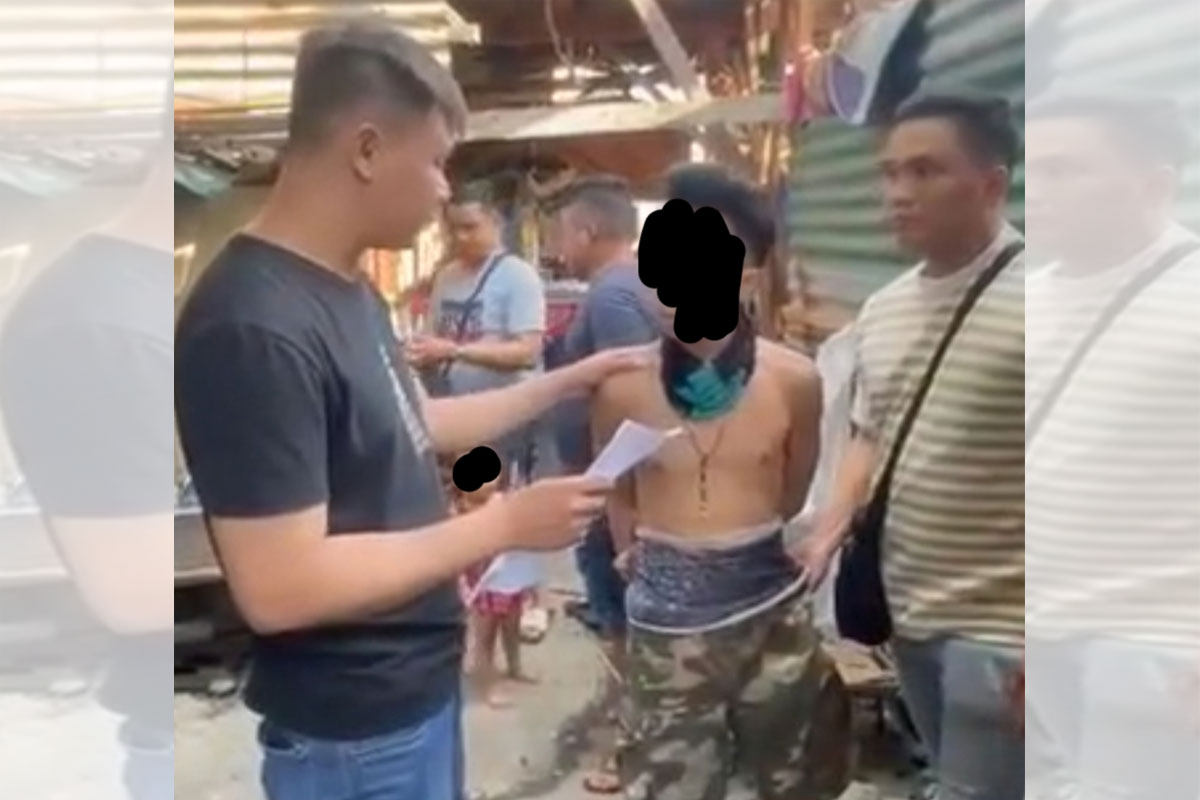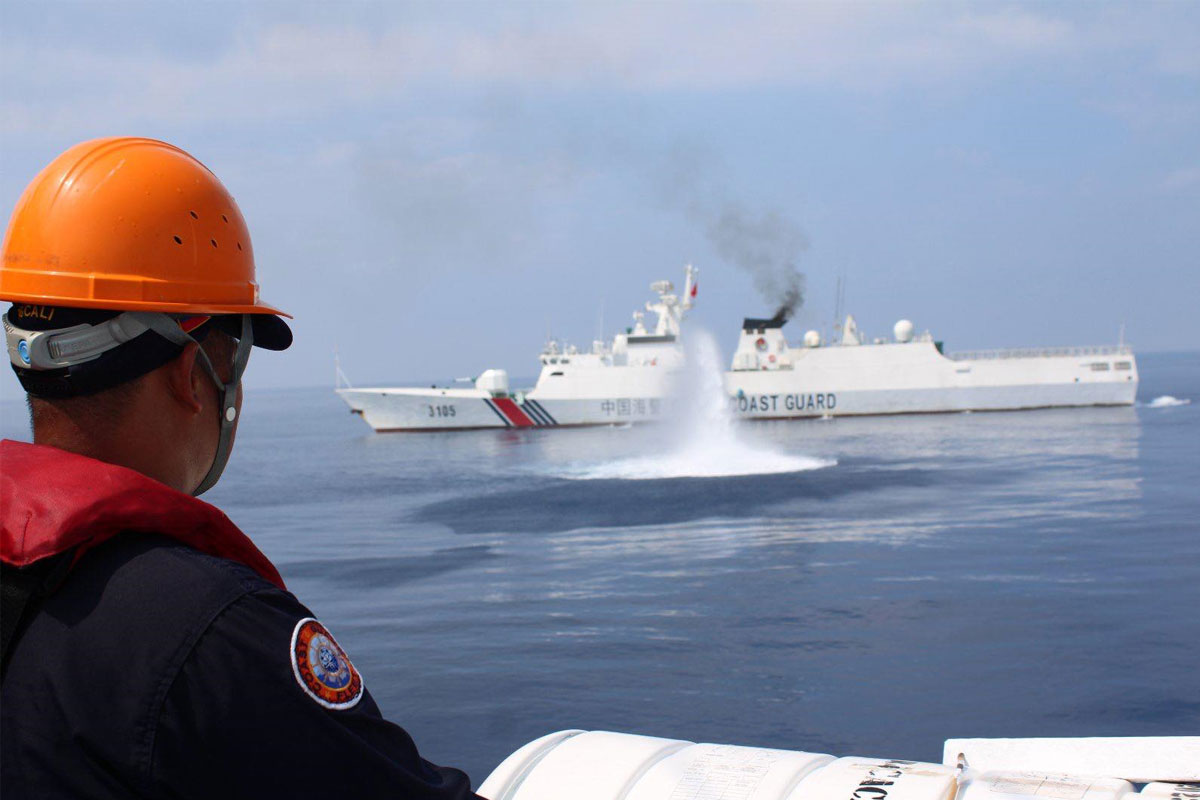
‘Chavacano’ thrives in JW translations
CHAVACANO, the only Spanish-based creole in Asia, is widely used in Zamboanga City, also known as “Asia’s Latin City”.
That moniker reflects the still standing Spanish culture, traditions, practices, and architecture in the area, some of which date from the 1600s.
The dialect is also spoken in neighboring areas like Basilan and Sulu. There is also a Chavacano-speaking community in Cavite.
But how did a major European language influence a dialect in a Southeast Asian country?
According to some historical references, the dialect came about when Spanish authorities led a fortress construction in Zamboanga City in 1635. Filipinos from all over the Philippines were called to work on the construction.
So to communicate with the Spaniards, they devised a language that used Spanish words but with a Filipino syntax and grammar. Four centuries have passed, and Chavacano is still used in several towns and cities in the country.
Today, the Philippine government’s Mother Tongue-Based Multilingual Education (MTB-MLE) aims to educate children and develop a strong foundation in the language of their birth.
Just like any other languages and dialects, there are publications available in Chavacano which can empower the objective of MTB-MLE, as well as the preservation of a language and the culture behind it.
Jehovah’s Witnesses, known internationally for their work in translating the Bible and Bible publications, also find the use of mother-tongue languages as an efficient way of helping communities learn practical Bible advice that establishes strong family foundations, moral character upbuilding, and social skills development.
How is the translation work being carried out? “We first receive the source files in English, and then we analyze the text to be conveyed into Chavacano in a way that is clear, simple, and easy to understand,” said Raymond Flores, supervisor of the Chavacano Translation Team of Jehovah’s Witnesses.
The translation is done by the Witnesses worldwide even in sign languages all follow the same process.
But just like any other language, Chavacano also changes over time. Modern words are used, while older terminologies have become obsolete.
How do these translators face such challenges? Kathleen Bernardo, a native speaker and part of the Chavacano Translation Team, relates: “We reside in Zamboanga City, so we can hear and observe how native speakers communicate. Because of this, we can adjust our translation so it can be understood by all ages.”
Although the Witnesses primarily translate publications for religious reasons, it also contributes to preserving culture and history.
There are few literary works in local dialects. However, the Witnesses make available the JW.ORG website which provides easy access to translated publications and media in 1,052 languages – all downloadable for free.
Among them, 23 are from the Philippines, which includes Chavacano, Tagalog, Cebuano, Iloko, Hiligaynon, Bicol, Waray-waray, Pangasinan, Ibanag, and Filipino Sign Language.
The translation work continues despite the pandemic. Everything is done by a pool of unpaid volunteers.
Currently, there are periodical translations in Chavacano that discuss Christian living, while brochures about child-rearing and family life are also proving to be useful.
All translated materials can be accessed at https://www.jw.org/cbk.

















